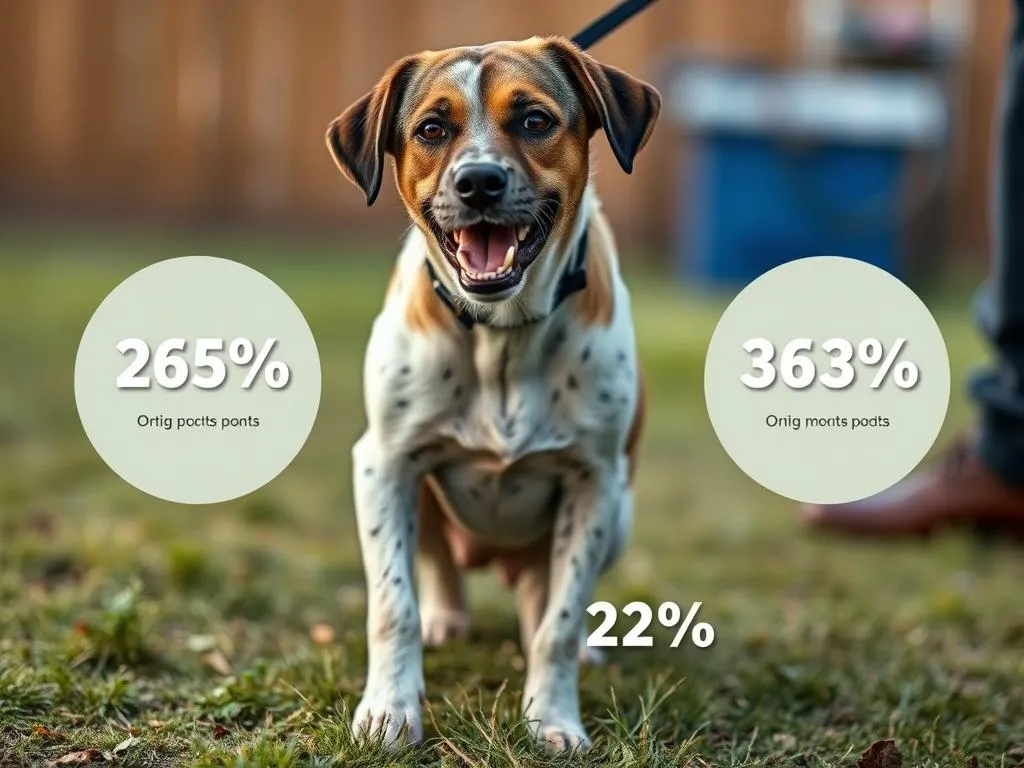
Introduction
Dognapping is a term that refers specifically to the theft of dogs, distinguishing it from general pet theft, which may include cats or other animals. This crime has become increasingly concerning for pet owners across Australia, highlighting the need for awareness and preventative measures. The emotional impact of losing a beloved pet can be devastating, as owners often experience grief similar to that of losing a family member. Financially, the repercussions can also be significant, with costs associated with recovery efforts, potential veterinary bills, and the emotional toll of the event.
Understanding the landscape of dog theft statistics in Australia is crucial for pet owners to protect their furry companions effectively. This article delves into the issue of dognapping, providing insight into recent statistics, trends, and prevention strategies.
Overview of Dog Theft in Australia
Current Landscape of Dog Theft
Dog theft has been a persistent issue in Australia, with varying levels of concern depending on the region. In recent years, there has been a notable increase in reported cases of dognapping, which has sparked nationwide discussions about pet safety and owner responsibility. Major urban areas such as Sydney, Melbourne, and Brisbane have reported higher incidents of dog theft, often due to population density and increased interactions in public spaces.
Types of Dogs Targeted
Certain breeds are more susceptible to theft, often due to their popularity or perceived value. Breeds such as French Bulldogs, Cavalier King Charles Spaniels, and Staffordshire Bull Terriers frequently appear in theft reports. Factors that contribute to their vulnerability include their desirability in the market and their often friendly nature, which can make them easy targets for opportunistic thieves.
Dognapping Statistics in Australia
National Dog Theft Statistics
Recent statistics reveal a worrying trend in dog theft incidents across Australia. In 2022, reports indicated a 20% increase in dog theft cases compared to the previous year, with over 5,000 incidents recorded nationwide. The states with the highest rates of dognapping include New South Wales and Victoria, with urban areas leading the statistics.
| State/Territory | Number of Reported Dog Thefts (2022) |
|---|---|
| New South Wales | 2,300 |
| Victoria | 1,500 |
| Queensland | 800 |
| Western Australia | 600 |
| South Australia | 400 |
| Tasmania | 100 |
| Northern Territory | 50 |
| Australian Capital Territory | 50 |
Trends Over Time
Over the past decade, the trend in dognapping incidents has shown a steady increase. While the numbers fluctuated during the COVID-19 pandemic, with some areas experiencing a temporary drop due to lockdown measures, the overall trajectory has been upward. The heightened demand for pets during lockdown periods led to increased instances of theft, as people sought companionship during isolation.
Demographics of Affected Owners
The demographics of those affected by dognapping vary, but certain patterns have emerged. Younger pet owners, particularly those aged 18 to 35, are often more vulnerable, likely due to lifestyle factors that may increase exposure to theft opportunities. Additionally, urban dwellers are disproportionately affected, highlighting the importance of vigilance in densely populated areas.
Reasons Behind Dognapping
Financial Motive
One of the primary drivers behind dognapping is financial gain. The resale value of stolen dogs can be significant, especially for purebred breeds that are in high demand. The existence of a black market for stolen pets exacerbates the issue, as stolen dogs are often sold through online platforms or underground networks.
Emotional/Personal Motive
In some cases, dognapping can stem from emotional or personal motives, such as revenge or disputes between individuals. This type of theft can involve known acquaintances rather than random thefts. Opportunistic theft is also prevalent, where thieves take advantage of a moment of inattention from the owner during walks or at public parks.
Other Influencing Factors
The increase in demand for specific breeds, particularly during the pandemic, has contributed to the rise in dognapping incidents. Many people sought companionship during isolation, leading to a surge in pet ownership. Unfortunately, this demand has drawn the attention of thieves. Moreover, a general lack of awareness among dog owners about how to secure their pets effectively has made them easy targets.
How to Protect Your Dog from Dognapping
Preventive Measures
Pet owners can take several steps to secure their dogs against theft. Here are some essential tips:
- Secure Your Home: Ensure your yard is fenced and locked when you are not home. Consider installing security cameras to deter potential thieves.
- Stay Vigilant: When walking your dog, choose less crowded areas and remain aware of your surroundings. Avoid using long leashes that can allow your dog to wander out of your reach.
- Avoid Leaving Dogs Unattended: Never leave your dog tied up outside a store or in a public area, even for a short time.
Identification and Tracking
Proper identification is crucial in case of theft. Microchipping your dog is one of the most effective ways to ensure you can be reunited if your pet is stolen. Additionally, registering your dog with a reputable pet recovery service can help increase the chances of recovery.
GPS tracking devices have also become popular, allowing owners to track their dog’s location in real-time. These devices can provide peace of mind, especially for those who frequently travel with their pets.
Community Awareness and Engagement
Community vigilance plays a vital role in preventing dognapping. Engaging with local pet owners through neighborhood watch groups can foster a culture of mutual support and awareness. Utilizing social media platforms to spread the word about suspicious activity or lost pets can facilitate quick recoveries and deter potential thieves.
What to Do If Your Dog is Stolen
Immediate Steps to Take
If your dog is stolen, immediate action is crucial:
- Report to Local Authorities: Contact your local police department to file a report. Provide detailed information including your dog’s description, any identifying features, and where the theft occurred.
- Contact Local Shelters and Rescues: Reach out to nearby animal shelters and rescue organizations. Many stolen pets end up in these facilities, and they may have resources to assist in recovery.
Utilizing Social Media and Online Resources
Social media can be a powerful tool in recovering stolen pets. Here are some tips for creating effective posts:
- Use Clear Photos: Post clear, recent photos of your dog along with a detailed description.
- Provide Contact Information: Make sure to include your contact details so that anyone with information can easily reach you.
- Share Widely: Encourage friends and family to share your posts to increase visibility.
There are also websites and apps dedicated to lost pets, where you can report your dog missing and check for any found pets that match your description.
Legal Considerations
Understanding your rights as a pet owner is essential. If your dog is stolen, you may have legal grounds for pursuing action against the thief, depending on local laws. Consult with legal professionals who specialize in animal law to understand your options fully.
Resources and Support
Local and National Organizations
Several organizations focus on pet recovery and advocacy. These include:
- Pet Recovery Australia: A resource for lost and found pets, providing guidelines and support for pet owners.
- Lost Dogs of Australia: A community-driven initiative to help reunite lost pets with their owners.
Support Groups for Affected Owners
For those who have experienced the trauma of losing a pet, online forums and support communities can offer solace and understanding. Engaging with others who have faced similar challenges can provide emotional support and practical advice.
Educational Materials
Numerous books, articles, and brochures provide valuable information about preventing dognapping and understanding the emotional impacts of pet theft. Educating yourself and your community can significantly reduce the incidence of dognapping.
Conclusion
In summary, the issue of dognapping in Australia is a growing concern that affects numerous pet owners each year. Understanding the statistics, reasons behind dog theft, and methods of prevention can empower pet owners to protect their furry companions. It is essential to stay informed, take proactive steps, and foster community support to combat this troubling trend. The safety and well-being of our pets depend on collective vigilance and responsible ownership.









